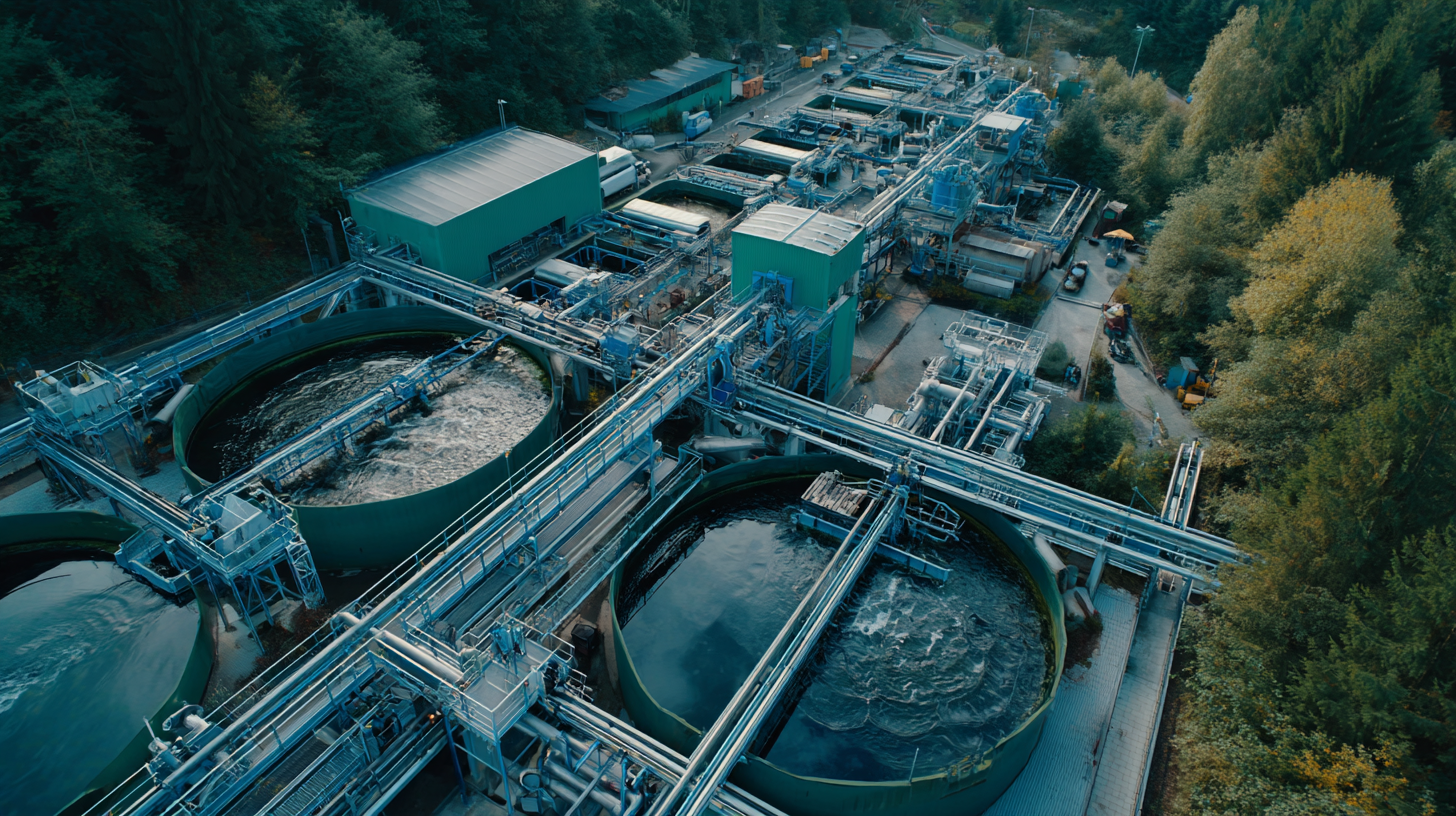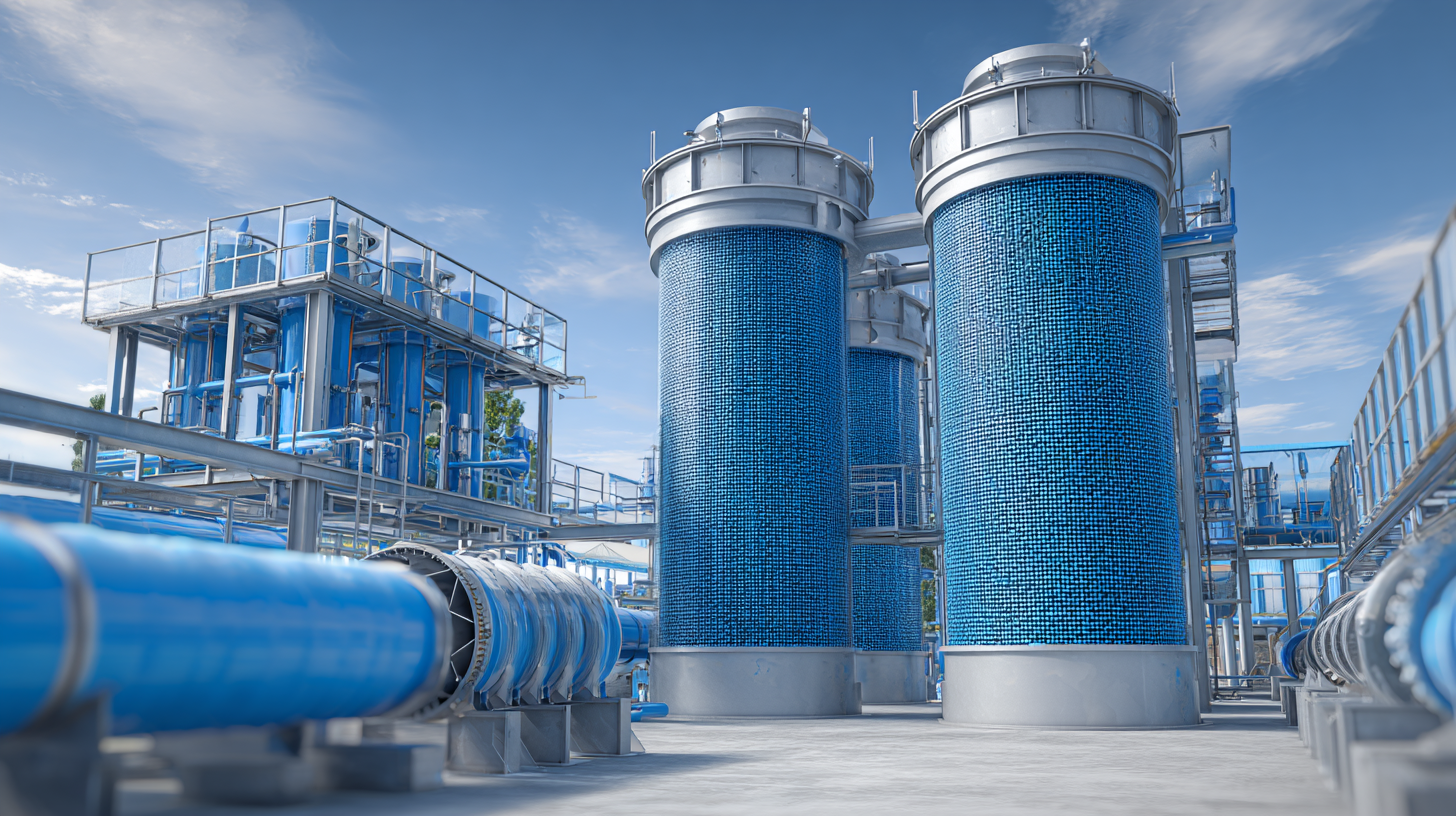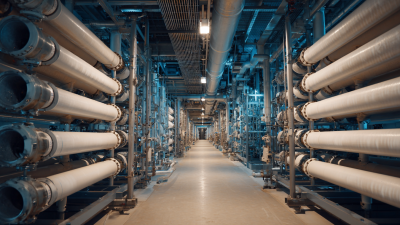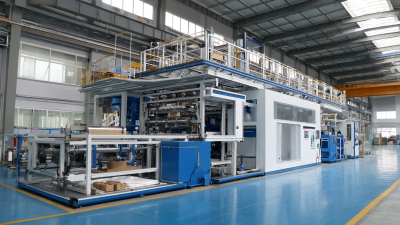What is the Future of Filter Technology in Environmental Sustainability
As the world grapples with the escalating challenges of environmental sustainability, the pursuit of efficient filter technology has become paramount in mitigating pollution and conserving natural resources. According to a report by the Global Industry Analysts, the global market for filtration systems is projected to reach $70 billion by 2025, highlighting the growing importance of advanced filtration solutions in various sectors, including water treatment and air purification. Filter technology not only plays a critical role in reducing contaminants but also aids in the recovery of valuable by-products, demonstrating its dual benefit for both the environment and the economy. As industries increasingly adopt innovative filtering methods, such as nanotechnology and biologically-based filters, the future of this technology holds immense potential for creating a more sustainable world, ensuring cleaner air and water for future generations.

The Evolution of Filtration Technology: Trends and Innovations
The evolution of filtration technology has played a pivotal role in advancing environmental sustainability, adapting to the increasing complexity of pollution challenges. Innovations in materials science have led to the development of advanced filter media, such as nanofibers and biopolymers, which enhance the efficiency of contaminant capture while minimizing energy consumption. These cutting-edge materials not only improve the filtration process but also help in reducing the carbon footprint associated with traditional methods.
Additionally, the integration of smart technologies into filtration systems marks a significant trend. Smart filters equipped with sensors can monitor water quality in real-time and adjust their performance accordingly, ensuring optimal purification levels. This intelligent approach not only prolongs filter life but also reduces waste by notifying users when to replace or clean the filter. As the focus on eco-friendly practices intensifies, these innovations signify a conscientious shift towards more sustainable filtration solutions that prioritize both environmental health and resource efficiency.
What is the Future of Filter Technology in Environmental Sustainability
| Aspect | Current Trends | Future Innovations | Environmental Impact |
|---|---|---|---|
| Biodegradable Filters | Increasing demand for sustainable materials | Development of 100% compostable filters | Reduces plastic waste in landfills |
| Smart Filtration Systems | Integration of IoT for monitoring and maintenance | AI-driven analytics for optimized usage | Improves efficiency, reducing resource consumption |
| Membrane Technology | Greater adoption in water purification | Advanced materials for higher performance | Enhances clean water access, reduces pollution |
| Recyclable Filters | Initiatives to promote collection and recycling | Infrastructure for efficient recycling processes | Minimizes waste and conserves resources |
| Advanced Particle Capture | Focus on capturing microplastics and pollutants | Innovative designs enhancing filtration capabilities | Improves air and water quality |
Understanding the Role of Filters in Environmental Sustainability
Filters play a crucial role in enhancing environmental sustainability by improving air and water quality, as well as reducing waste. According to the Environmental Protection Agency (EPA), over 50% of the pollutants in water bodies can be mitigated through advanced filtration systems. These technologies, such as membrane filtration and activated carbon filters, effectively capture contaminants, thus supporting clean water initiatives and protecting aquatic ecosystems. In urban areas, efficient air filtration systems can decrease particulate matter by up to 90%, significantly contributing to public health and lowering the incidence of respiratory diseases.
Furthermore, as industries continue to prioritize sustainable practices, filter technologies are evolving to meet environmental goals. A report by the Global Filter Market indicates that the demand for sustainable filtration solutions is expected to grow by over 8% annually through 2030. This shift is driven by innovations in biocompatible filter materials and recycling techniques that reduce waste. For instance, the integration of biofilters in wastewater treatment has shown promising results, with studies revealing a 70% reduction in organic pollutants. These advancements not only enhance filtration efficiency but also promote a circular economy, proving that filters are fundamental to achieving broader sustainability objectives.

Key Applications of Advanced Filter Technologies in Pollution Control
 Advanced filter technologies are rapidly transforming the landscape of pollution control, playing a pivotal role in enhancing environmental sustainability. According to a report by the Global Market Insights, the air filtration market alone is projected to exceed $22 billion by 2027, driven by the increasing stringency of government regulations and the rising demand for cleaner industrial processes. Innovations such as HEPA (High Efficiency Particulate Air) filters and electrostatic precipitators are now essential in industries ranging from manufacturing to healthcare, effectively capturing particulate matter and pathogens that threaten public health.
Advanced filter technologies are rapidly transforming the landscape of pollution control, playing a pivotal role in enhancing environmental sustainability. According to a report by the Global Market Insights, the air filtration market alone is projected to exceed $22 billion by 2027, driven by the increasing stringency of government regulations and the rising demand for cleaner industrial processes. Innovations such as HEPA (High Efficiency Particulate Air) filters and electrostatic precipitators are now essential in industries ranging from manufacturing to healthcare, effectively capturing particulate matter and pathogens that threaten public health.
In water treatment, membrane filtration technologies, including microfiltration and ultrafiltration, have shown promising results in reducing contaminants. A study published in the Journal of Water Process Engineering indicated that these technologies can achieve up to 99% removal of harmful pathogens and organic substances. The implementation of such advanced filters not only ensures compliance with increasingly strict environmental regulations but also promotes the recycling of wastewater, thereby conserving valuable water resources. With the impending challenges of climate change and resource scarcity, the integration of advanced filtration technologies will be critical for industries aiming to minimize their ecological footprint and contribute to global sustainability goals.
Challenges and Opportunities in Developing Eco-Friendly Filtration Solutions
As industries continue to grapple with growing environmental concerns, the development of
eco-friendly filtration solutions presents both challenges and opportunities.
According to a report by MarketsandMarkets, the global market for filters is
expected to reach $112.5 billion by 2025, driven by the increasing demand for
clean air and water. However, the production of traditional filters often involves materials that contribute
significantly to plastic waste and pollution, highlighting the urgent need for sustainable alternatives.
The challenge lies in identifying innovative materials and technologies that can effectively reduce
environmental impact while maintaining functionality. Biodegradable filter media, such as those derived from
natural fibers or bio-polymers, are gaining traction in research and development.
A study from the Journal of Cleaner Production indicates that transitioning to such materials could reduce
the carbon footprint of filtration systems by up to 30%.
Simultaneously, there is a growing opportunity for manufacturers to adopt circular economy principles, allowing for the recycling and repurposing of filtration materials,
thereby extending their lifecycle and minimizing waste.
Future Directions: Merging Filter Technology with Renewable Energy Sources
The future of filter technology is poised for exciting developments, particularly when integrated with renewable energy sources. As environmental sustainability becomes increasingly urgent, there is a pressing need to enhance filtration systems to address pollution and resource efficiency. By merging advanced filter technologies with solar, wind, and other renewable energy sources, we can significantly reduce the environmental impact of industries and urban centers. For instance, filters powered by solar energy can operate autonomously, purifying air and water without relying on grid-based power, thus minimizing carbon footprints.
Innovations in materials science are also playing a crucial role in this evolution. Biodegradable and sustainable materials can be incorporated into filter designs, ensuring that once they reach the end of their life cycle, they do not contribute to waste. Additionally, coupling these smart filters with renewable energy can create self-sustaining systems that continuously improve air quality or make water purification processes more efficient. By advancing filter technology in this way, we can create a synergistic effect that not only cleans our environment but also supports a transition toward a more sustainable, energy-efficient future.
Future Directions in Filter Technology and Renewable Energy Sources
Related Posts
-

Ultimate Guide to Mastering Cross Flow Filtration Systems for Enhanced Efficiency
-

What is the Future of Microfiltration Membrane Technology in Global Water Treatment
-

Comprehensive Guide to Microfiltration Membrane Technology: Key Applications and Performance Insights
-

Unveiling the Advantages of the Best Pulp Molding Machines for Diverse Product Applications
-

Enhancing After-Sales Service: Unmatched Repair Costs with the Best Filtration Technology
-

Innovative Examples of Ultra Pure Water Purification Systems Transforming Industrial Standards